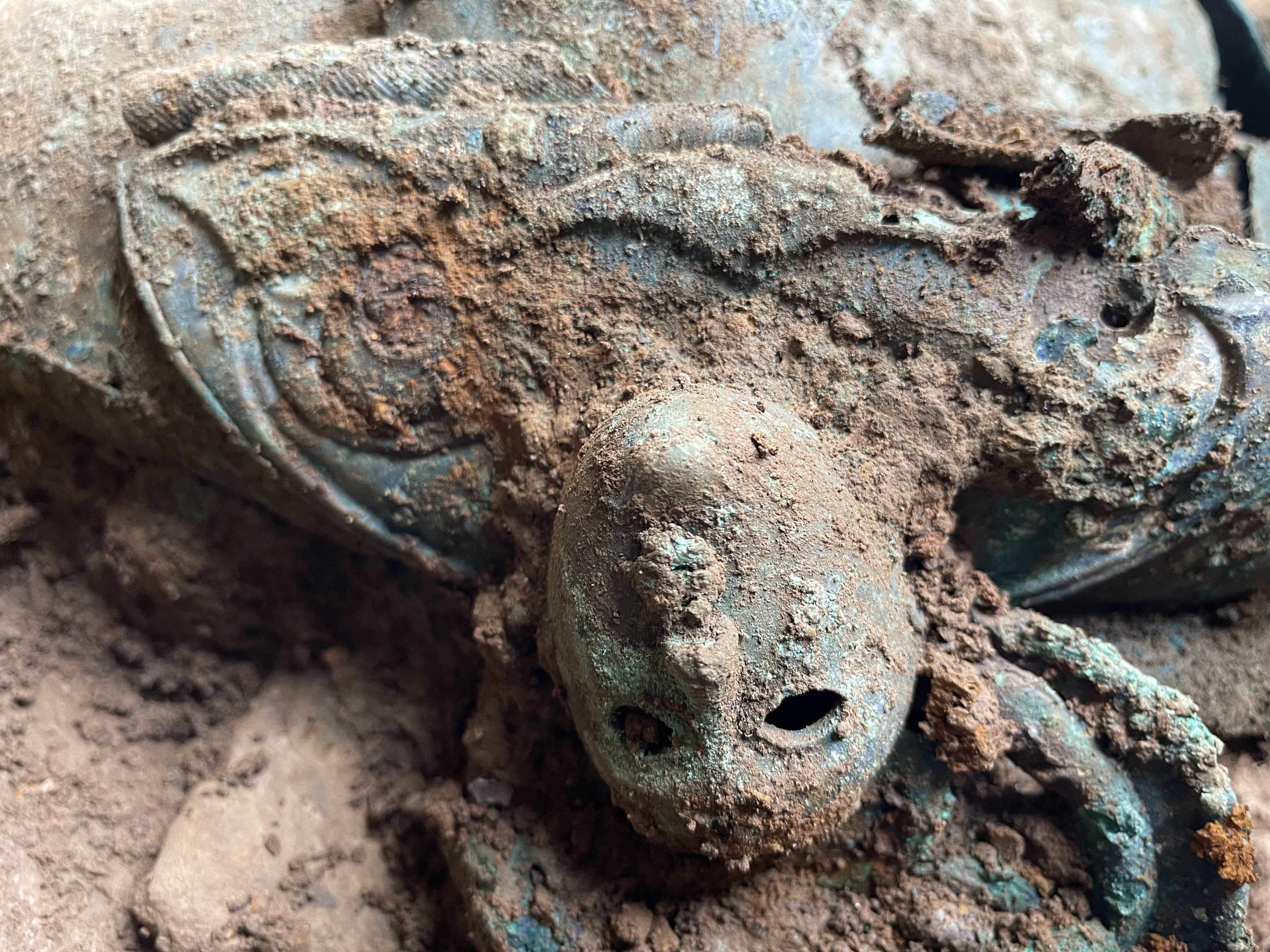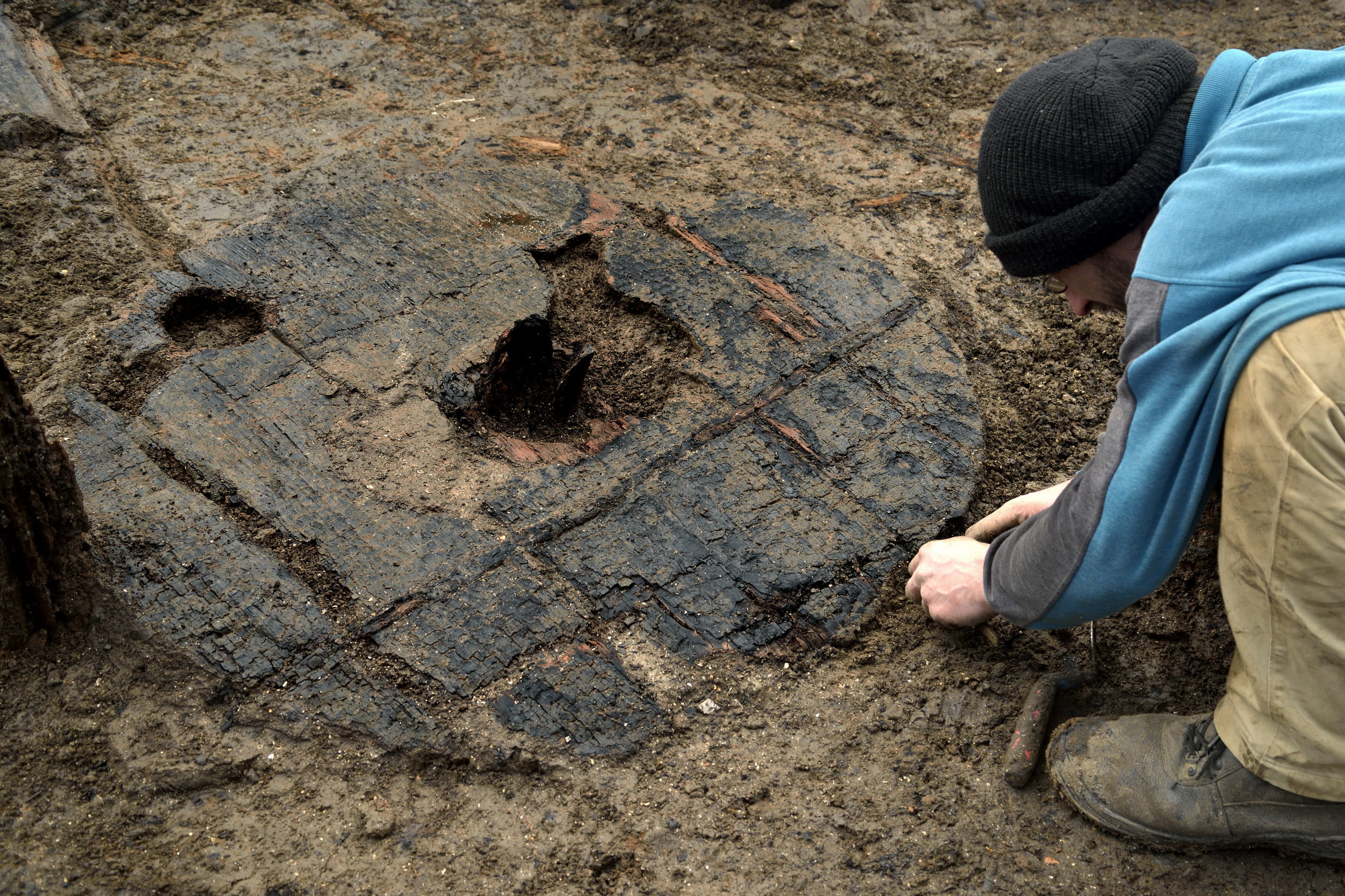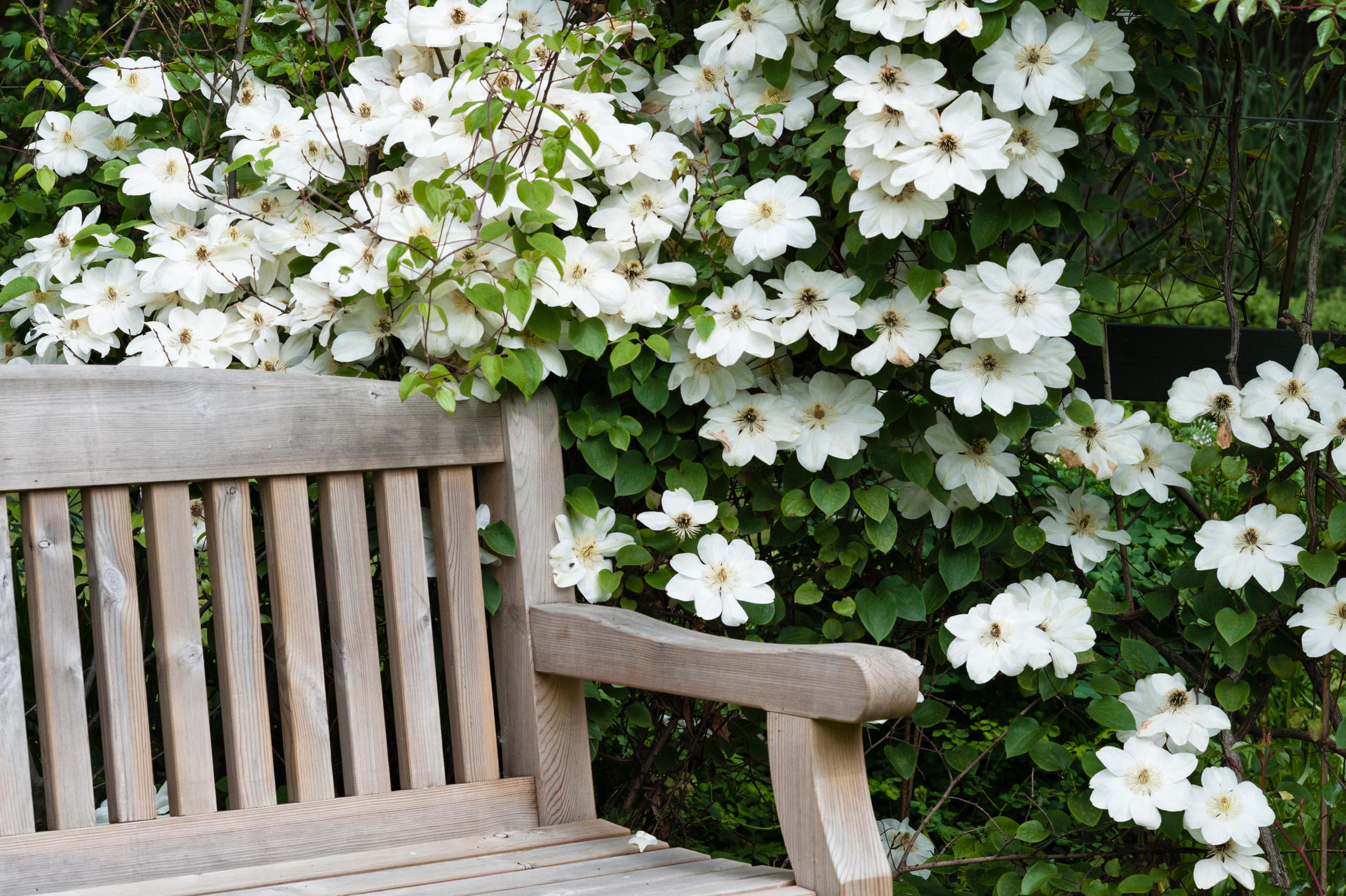Archaeologists in North Yorkshire discover ‘the biggest and most important Iron Age hoard ever found in Britain’
The 800 objects — including chariots and iron tyres — were likely buried in the 1st century AD around the time of the Roman Conquest of southern Britain.


The remains of chariots, wagons, iron tyres, elaborate pony harnesses and ceremonial spears are among the 800 objects that make up a newly discovered Iron Age hoard near Melsonby, North Yorkshire, announces Historic England (HE), as it prepares to celebrate its 10th anniversary.
Initial assessments suggest the objects were buried in the 1st century AD, at about the time of the Roman Conquest of southern Britain. ‘It’s an exceptional find, the biggest and most important Iron Age hoard ever found in Britain,’ says Duncan Wilson, chief executive of HE, which gave more than £120,000 in grant funding to the excavation, carried out by Durham University archaeologists with advice from the British Museum. ‘It’s fascinating to speculate that it may represent the remains of funeral pyres, alongside the road to the Iron Age hill fort of Stanwick.’

The organisation will mark its anniversary on April 1, honouring a decade of historic buildings and monuments advisory, previously administered by English Heritage. Wilson, who stands down from the role he has held throughout the period, this year, says the change brought ‘clarity to our role as a champion for the wider historic environment, the contribution heritage can make to growth and what it can do for communities’. Among the successes he points to is launching the National Blue Plaque Scheme outside London (2023) and the High Streets Heritage Action Zone programme (2020–24) — ‘England’s first heritage-led regeneration programme to go beyond restoration, redefining how high streets can be revitalised, encouraging people to visit local high streets and breathing new life into them’. Sixty-seven high streets, from Bedford to Burnley, received targeted funding, with 723 historic buildings repaired, 462 shopfronts restored and many previously vacant buildings returned to use.
Meanwhile, the Heritage at Risk Register has just been handed an extra £15 million from the Department for Culture, Media and Sport to expand its grant programme. ‘Our research indicates that England could gain up to 670,000 new homes by repurposing and repairing vacant historic buildings, including many that appear on the Register,’ explains Wilson. A high-profile, one-time At Risk case is Shrewsbury Flaxmill Maltings: ‘Almost a year ago, The Queen visited the site. This huge, once derelict, iron-frame building, internationally recognised as the grandparent of the world’s first skyscrapers, is now open after an extensive £28 million, eight-year regeneration project led by us. It’s been reborn as a learning space for the public and a flexible office space.’
An archaeologist by profession, he considers the 2016 discovery of a perfectly preserved Bronze Age settlement at Must Farm in Cambridgeshire — ‘Peterborough’s Pompeii’ — as a personal highlight during his time as chief executive. ‘On one day when I visited, they’d just unearthed the most complete Bronze Age wheel in Britain,’ he remembers. ‘It was hard to overrate my delight at seeing the complete roundhouses, with their structural members intact and surrounded by a palisade, emerging from the Fenland mud after 3,000 years.’ Wilson is to continue his involvement with heritage via non-executive roles with Chatham Historic Dockyard and the Old Royal Naval College, Greenwich.
Sign up for the Country Life Newsletter
Exquisite houses, the beauty of Nature, and how to get the most from your life, straight to your inbox.
Somerset born, Sussex raised, with a view of the South Downs from his bedroom window, Jack's first freelance article was on the ailing West Pier for The Telegraph. It's been downhill ever since. Never seen without the Racing Post (print version, thank you), he's written for The Independent and The Guardian, as well as for the farming press. He's also your man if you need a line on Bill Haley, vintage rock and soul, ghosts or Lost London.
-
 The Business Class product that spawned a generation of knock-offs: What it’s like to fly in Qatar Airways’ Qsuite cabin
The Business Class product that spawned a generation of knock-offs: What it’s like to fly in Qatar Airways’ Qsuite cabinQatar Airways’ Qsuite cabin has been setting the standard for Business Class travel since it was introduced in 2017.
By Rosie Paterson
-
 Six of the best Clematis montanas that every garden needs
Six of the best Clematis montanas that every garden needsClematis montana is easy to grow and look after, and is considered by some to be 'the most graceful and floriferous of all'.
By Charles Quest-Ritson